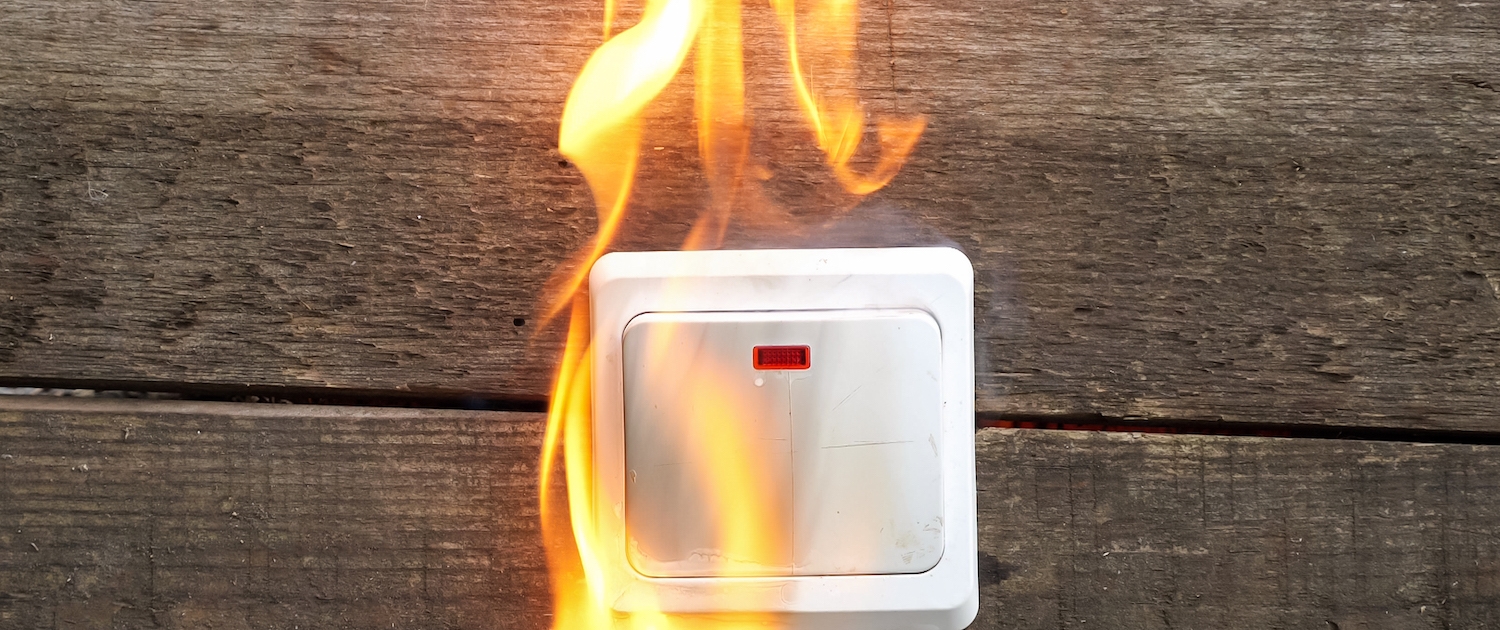Circuit Protection: Too Important to be an Afterthought
Today’s electronics are getting prettier, smaller, and faster, creating a challenge for electricians and customers who are compelled to fit everything into a smaller electronic environment. When you add short circuit protection to this small design, the story gets more complicated for those looking to safeguard their electronics, appliances, etc.
The problem of overcurrent and overvoltage is still an afterthought for most people. However, a simple contact between your nylon shirt and the computer can result in a crash due to electrostatic discharge.
The same level of protection you give to a multi-million-dollar substation is also required to protect your little sub-circuit. It is crucial to protect the tiniest circuits to make them safe for users, which is why there are several circuit protection devices at your disposal. Protecting your circuits is imperative since it gives any electrical installation a long life in addition to keeping you safe from electrical shock due to over-voltage.
Just like Murphy’s Law states, anything bad that can happen will happen. If your circuit is designed with faults or without protection, problems are bound to happen either within the system or from an outside source. Circuit protection mainly aims to safeguard against loss of functionality while minimally or not affecting the core functionality of the circuit system. This protection covers three key areas: variations in the mains voltage, protecting against high voltage and lightning, and protecting against electrostatic discharge.
Short Circuit Protection: Main Causes
There are two types of problems that cause overloads, overcurrents or even electrical surges, internal and external problems:
- Internal Problems: short-circuit, which causes over-current or a current overload, and transient voltage spikes causing over-voltage. These events can negatively impact the sensitive circuits resulting in damage or loss of function if not handled in time.
- External Problems: can be caused by lightning interference, which can induce electrical surges inside the electronics; this surge can travel from the outer conductors on the grid to the electronics in the home.
Short Circuit Protection: Key Areas
As mentioned above, the circuit protection devices are designed to cover three main areas: variations in voltage, high voltage and lightning, and electrostatic discharge.
1. Variations in the Mains Voltage
A grid power supply surge is known as a Main. These can be caused by different errors, from power station failures and lightning to substation failures. When a mains surge happens, the variation in voltage is substantial, which means a large voltage charge is forced into the electrical grid. The sudden change may impact all devices that are connected to that grid.
One of the most common examples of variations in voltage is the power cut that happens during an electrical storm. The surge going through the grid can damage the substation, which means either the power gets cut due to the error, or the surge is identified and the power is cut intentionally to prevent downstream damage. At the opposite end, a surge can also happen when the electricity is suddenly reconnected.
2. Lightning
Between 2007 and 2011, approximately 22,600 fires had been caused by lightning. Although lightning is referred to traditionally as highly unlikely, the National Weather Service reports that 49 people die from lightning strikes every year. Because lightning is far reaching, a third of all related injuries actually happen indoors, which is why it’s a good idea to avoid touching:
- Corded phones
- Electronics
- Plumbing
Lightning can strike anywhere on a 10 miles radius from a thunderstorm and it can result in power surges that damage the electronics in your home. There are several lightning protection systems that protect against this type of damage by providing a grounding path. This directs the dangerous electricity to a safer discharge.
The first line of defense against lightning surges are SPDs, or panel box surge protective devices. They limit the amount of voltage by diverting power from the electrical service entrance. Always refer to a qualified electrician for the installation of SPDs.
In addition to the panel box surge protective device, a second line of defense can be constituted by point of use surge protectors. You should always replace these after a major surge or even over time. However, keep in mind that no device can actually protect against a direct lightning strike.
3. Electrostatic discharge
Most electronics use a technology called CMOS for their integrated circuits, which stands for Complementary Metal Oxide Semiconductor. An electrostatic discharge, which is basically a static discharge, is one of the biggest enemies of CMOS devices. This discharge can be caused by a range of different sources, but a very common one is human beings. The clothes you wear, the shoes you put on, the way you move, it all leads to a buildup of static charge. Then, when you touch an electronic circuit, there’s a high risk of passing the charge from your body to the circuit.
In short, circuit protection is there to protect your electronics, appliances and more. If you want things up and running and have very little chance for down time don’t ignore the need for circuit protection. At Penna Electric we are able to service circuit breakers, upgrades along with a full range of other services for our customers to make sure they are safe and happy.
If you are in need of any type of electrical repairs or installation, call Penna Electric. Our knowledgeable, experienced staff will get your electrical work done right the first time every time.



